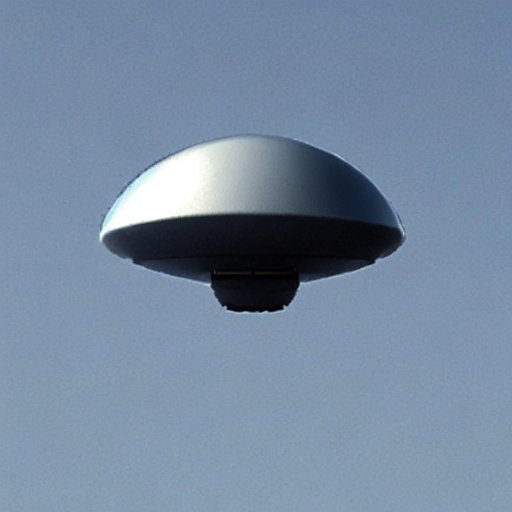The key thing here is that they are tools.
I asked an artist friend who is staunchly against the use of AI for art to draw a spider wearing flip flops. I generated an image of it in what took probably 30 seconds, after 3 weeks he came back with a drawing that imo is better than what the AI produced. I wonder, had my friend made use of AI (meeting half-way) could he have reduced the time it had taken and on top of that produced a better image than what the AI did on its own?
I’m going to guess “no”.
I’m not great at art, but I’m a senior software developer and amateur woodworker.
A saw that gets you a mostly straight cut when you need a really straight one doesn’t help a ton. It might help you break things down faster so they’re more manageable, but that probably actually means more waste and not a ton of time savings.
Likewise, code “copilots” right now look great at first blush, but I’ve yet to have it produce any lengthy piece of code that was correct. I had one snippet that I thought was great at first glance, but by the time I was done I had modified every single line of code. Some were very subtly wrong in ways that would create weird bugs.
As for art, I think AI is great at expressing a feeling, but a final piece is about details. Having it produce something that you can modify doesn’t seem useful for most art workflows, and it’ll trip you up on tiny details that you don’t notice until later, or not at all. There have been plenty of artists tripped up by using AI for the base art and then modifying it, and the company has even published their work publicly, only to be found out by the public because of stupid AI things that slipped past. It saved them some time, but the work wasn’t perfect and it cost them their job.


